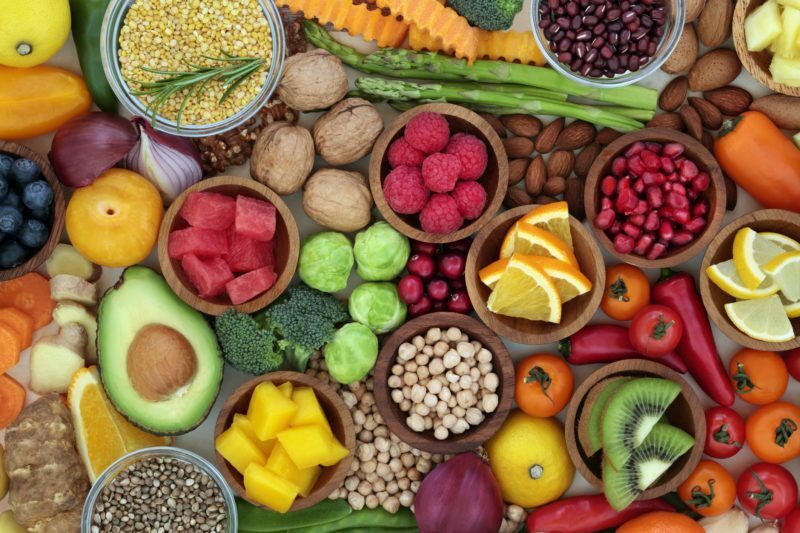Denise Purcell, Head of Content for the SFA, said in the release: “As the specialty food industry hits a record year of growth with $148.7 billion in sales, we’re seeing that health benefits and sustainability concerns will continue to drive more food and beverage trends in 2020. But there’s also room for fun, whether in the form of canned cocktails or global condiments.”
The Trendspotter Panel anticipates these six trends:
Plants as Plants: Meat Replacement Pushback. While growth in the meat alternative segment will continue, some Trendspotters note that consumers are beginning to think critically about meat replacements—looking at the ingredient lists, supply chains, water usage, and food safety. There will be a return to real fruits and vegetables as part of the pushback.For more, read: Plant-based: Passing fad, or wave of the future?
Sustainability-Driven Product Development. SFA’s State of the Specialty Food Industry Report 2019-2020 found that consumers are values-oriented shoppers who look at a company’s values and production methods when making purchasing decisions. Upcycled products are becoming more prevalent; biodynamic farming, too, is coming into focus. Trendspotter Reem Assil, Chef/Owner of Reem’s California, commented: “Whether it is motivated by regenerative agriculture, upcycled ingredients, or plant-based foods, products whose values center around sustainability are trending.”For more, read: Regenerative Agriculture: 25 Things to Know Now
Fermented Condiments—Specifically Gochujang.Fermented foods have been trending, as have Asian flavors. SFA’s trendspotters see this converging to boost fermented Korean condiment gochujang, a red chili paste made with fermented soybeans, seasonings, and rice, used in marinades, dipping sauces, soups, and stews.For more, read: Upping the Mmm: What’s New In Sauces and Condiments
Prebiotic Foods.Melanie Zanoza Bartelme, Global Food Analyst for Mintel and trendspotter, said: “Probiotic-rich, fermented foods continue to flourish, but expect growing consumer awareness and product development around foods that contain prebiotics.” These foods include bananas, asparagus, seaweed, and barley. Expect to see bars and snacks made with prebiotic-rich barley and buckwheat.For more, read: Beyond Probiotics: Pre-, Syn-, Post-, and Psycho-
Protein Trend, Turned to Unexpected Sources.As consumers look to get protein through a variety of sources, they may turn to foods like anchovies, which can be added to burgers, butters, marinades, and cookies; other small tinned fish like herring or sardines; and protein-packed noodles made from seafood.For more, read: Powering up the Protein Market
Cocktails and Mocktails, But Convenient.Trendspotter Andrew Freeman, Founder of AF&Co., commented: “Look for a continuation [of this trend] in 2020, with the trend expanding with more cocktails in cans and bottled mocktails that offer sophisticated alternatives for non-drinkers or curious consumers.”For more, read: Drink to Your Health
Trends from 2019 that aren’t going anywhere include:
- CBD, which is seeing growth in canned beverages and other foods.
- Dairy-free products, which will reign in yogurts, beverages, creamers, and frozen desserts.
- Fermented beverages, which have grown 55% in retail sales, thanks in large part to kombucha. Drinking vinegars will also continue to emerge.
- Regional cuisines of Asia, West Africa, and Latin America, which will show itself in spices, sauces, and bases.










